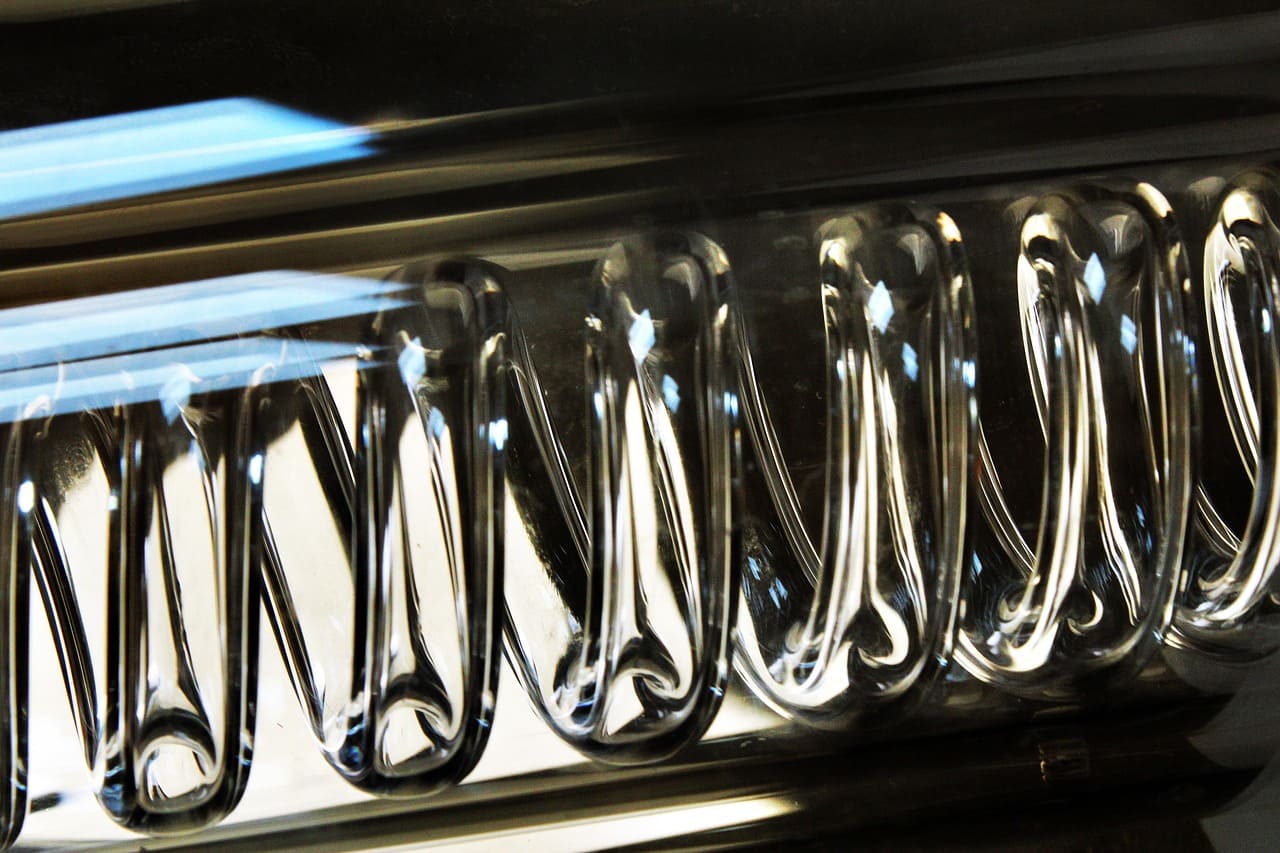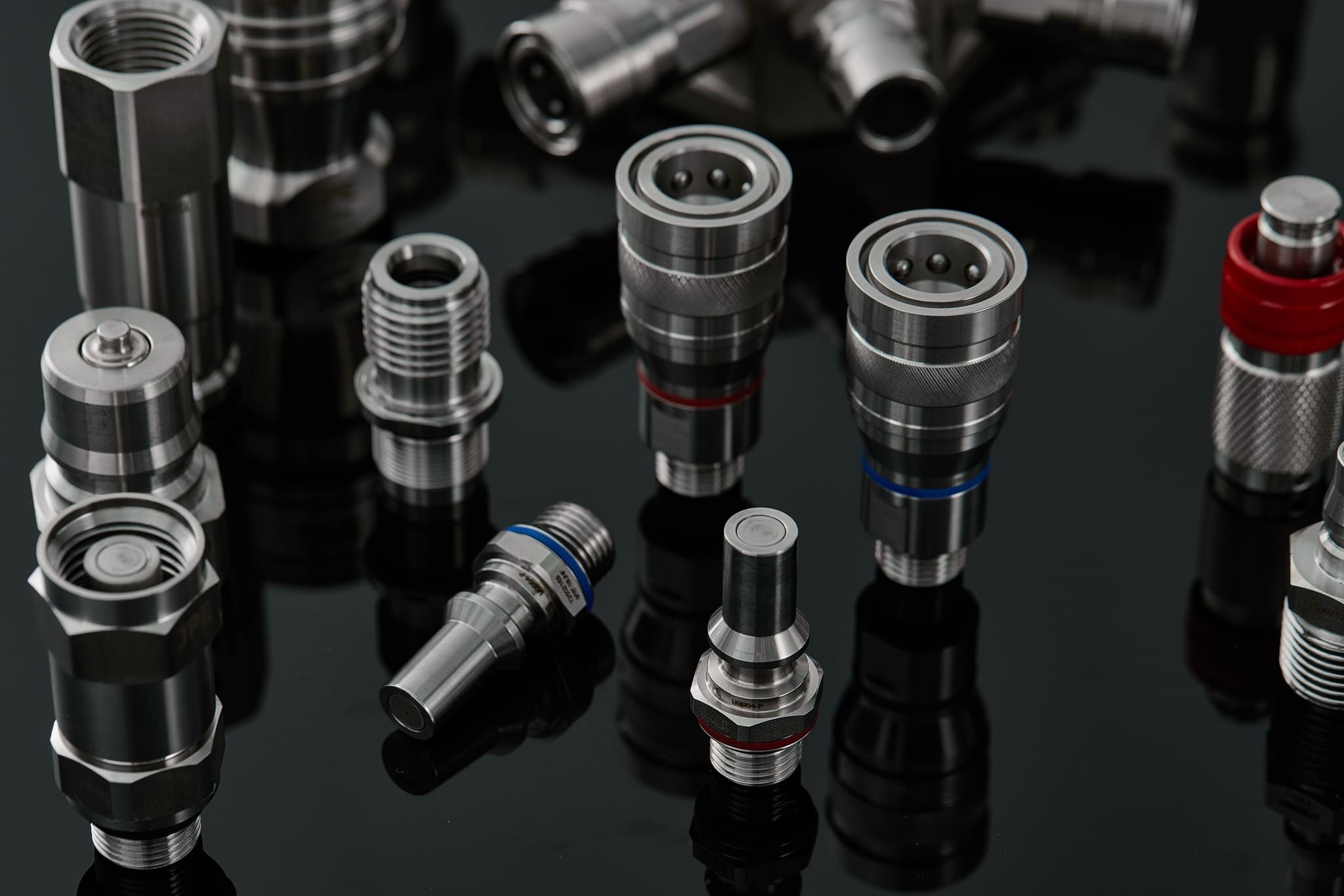JPE Expert Techniques | Liquid Cooling vs. Water Cooling vs. Oil Cooling – Key Differences & Applications
2025-09-30
Industry Knowledge Popularization
In high-performance computing, semiconductor manufacturing, and industrial equipment, thermal management has always been the key to reliable operation. Beyond traditional air cooling, liquid cooling solutions—thanks to their high thermal conductivity, low noise, and long-term stability—have gradually become mainstream. Liquid cooling can be further divided by medium into Water Cooling and Oil Cooling, each with its own features and applicable scenarios.

🔹 Water Cooling
Principle: Uses water as the cooling medium, carrying away heat through pipelines and cold plates.
Advantages: High specific heat capacity, excellent heat transfer efficiency, cost-effective.
Challenges: Water is conductive and corrosive; leakage may cause system risks.
Applications: Data centers, high-performance computers (HPC), network switches, server cold plates.
🔹 Oil Cooling
Principle: Replaces water with specialized insulating cooling oil.
Advantages: Excellent insulation, non-conductive; withstands high pressure and temperature, reducing short-circuit risk.
Challenges: Lower thermal conductivity than water, higher system cost.
Applications: Transformer cooling, certain high-voltage power equipment, and electronic components requiring enhanced safety.
🔹 Liquid Cooling
Liquid cooling broadly refers to cooling technologies using liquid as the medium, including both water and oil cooling. In recent years, with rising demands from AI servers and semiconductor manufacturing equipment, liquid cooling has gradually replaced air cooling and become a key driver of industry upgrades.
JPE UQD Series Liquid Cooling Quick Disconnects

In liquid cooling systems, the reliability of connectors and valves determines whether the system can operate safely and stably.
JPE UQD Series Quick Disconnects, specifically designed for liquid cooling applications, feature:
✔ Quick connection/disconnection: Tool-free operation for easy maintenance and modular management.
✔ High sealing reliability: Certified to IEC 62368-1, ensuring no leakage during flow or disconnection.
✔ Wide medium compatibility: Applicable to both water and oil cooling systems, suitable for HPC, data centers, and industrial equipment.
✔ Pressure and corrosion resistance: Made of stainless steel, ideal for harsh environments.
Conclusion | Future Trends
As AI, big data, and the semiconductor industry continue to grow, liquid cooling will become the mainstream thermal management solution. Whether prioritizing water cooling’s high efficiency or oil cooling’s safety, selecting the right cooling method and reliable components (such as JPE UQD Quick Disconnects) is key to ensuring long-term system stability and reducing maintenance costs.
For more details on liquid cooling solutions or to request samples, please contact JPE Yean Hern.